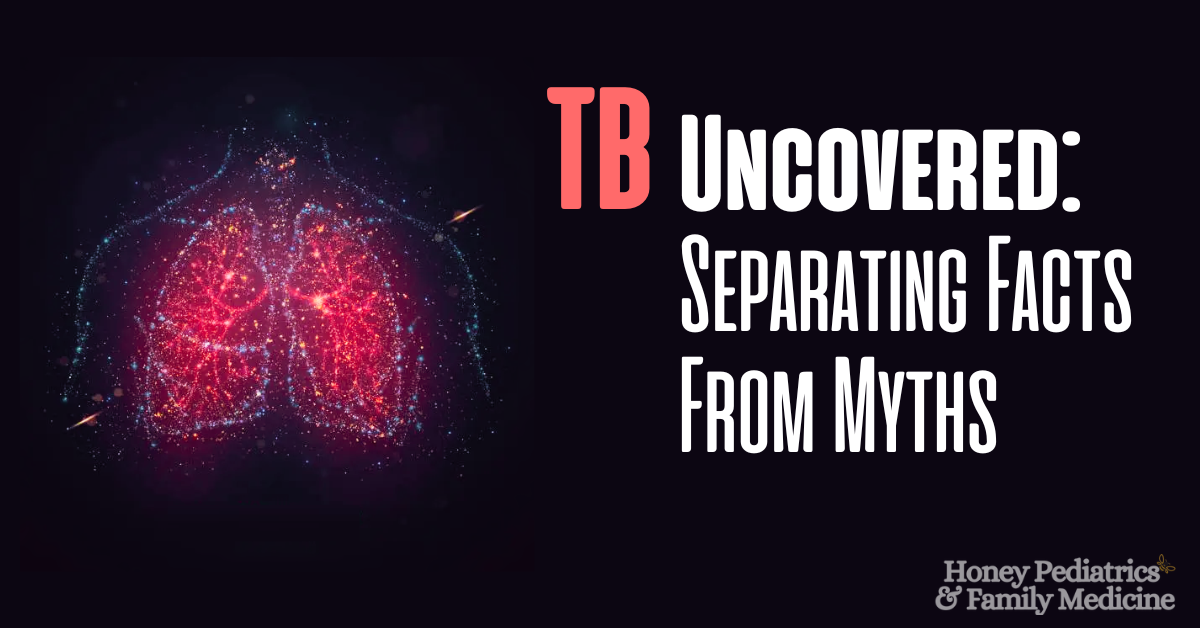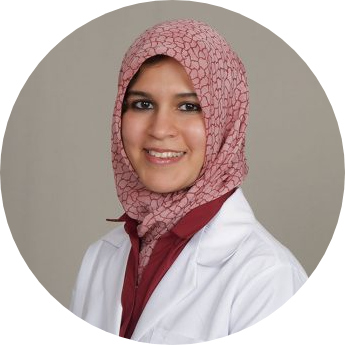
Understanding TB (Tuberculosis) – An Overview –
Tuberculosis (TB) is a potentially serious infectious disease that primarily affects the lungs. It is caused by bacteria called Mycobacterium tuberculosis. TB spreads through the air when someone with active TB disease in their lungs coughs, sneezes, speaks or sings, releasing tiny droplets containing the TB bacteria.
There are two main types of TB infections:
Latent TB Infection – In this case, you have been infected by the TB bacteria, but your immune system is able to fight it and prevent you from getting sick. People with latent TB show no symptoms and are not contagious, but the bacteria remains dormant (asleep) in their body.
Active TB Disease – This means the TB bacteria is multiplying and attacking different parts of the body, usually the lungs. People with active TB are sick from the effects of the bacteria, show symptoms, and are considered contagious.
Symptoms of Active TB –
The general symptoms of active TB disease include:
- A cough that lasts 3 weeks or more
- Coughing up blood or mucus
- Chest pain
- Weakness/Fatigue
- Weight loss
- Loss of appetite
- Fever
- Night sweats
Preventing the Spread of TB –
Active TB disease is spread through the air when someone with untreated TB coughs, sneezes, etc. To prevent transmission:
- Cover your mouth when coughing/sneezing.
- Stay home when sick to avoid exposing others.
- Sleep in a separate room away from others until active TB is treated.
- Take medications as prescribed to kill TB bacteria.
- Ventilation also helps prevent spread by removing contaminated droplets from indoor air.
Getting Tested for TB –
There are two kinds of tests to detect TB infection:
- TB Blood Tests directly measure if your body has produced antibodies in reaction to the TB bacteria. This type of test requires drawing a blood sample.
- The TB Skin Test (TST) is performed by injecting a tiny amount of testing fluid into the skin on your arm. After 2-3 days, you return to have the injection site examined for a raised, firm area indicating TB infection.
Both tests only indicate if you’ve been infected with TB – additional tests like chest x-rays and sputum samples are needed to determine if it has progressed to active TB disease.
Debunking TB Myths –
Unfortunately, there are many myths and misconceptions about tuberculosis that lead to stigma and discrimination against those diagnosed. Here are some common myths debunked:
Myth #1: TB is a death sentence – It is not with proper treatment. Prior to antibiotics, TB killed many people, but today’s medications can effectively cure TB.
Myth #2: TB only affects certain groups – Anyone can get TB, regardless of race, income, age, or background. However, certain behavioral and medical risk factors do increase susceptibility.
Myth #3: TB is easy to catch like a cold or flu – TB bacteria is not spread by casual contact like handshakes or sharing drinks. You need prolonged close contact to someone with active untreated TB to become infected.
Myth #4: TB only affects the lungs – While pulmonary TB in the lungs is most common, tuberculosis can spread and attack other organs like lymph nodes, bones, kidneys, and the brain if left untreated.
Myth #5: If you feel fine, you don’t have TB – With latent TB infection, no symptoms are present even though you carry TB bacteria which could reactivate into active disease later.
“The best way to combat T B is through education and ensuring those diagnosed complete their full treatment.”
“The best way to combat T B is through education and ensuring those diagnosed complete their full treatment.”
Treating Active TB Disease –
If diagnosed with active tuberculosis, a combination of multiple antibiotics are prescribed to kill the TB bacteria. The most common treatment takes 6 to 9 months of medication to fully eliminate active TB from the body.
It is critical to take every dose of medication as prescribed for the entire treatment period. Stopping treatment too soon can allow remaining TB bacteria to become resistant to that antibiotic, resulting in reoccurring, drug-resistant active TB that is much harder to treat.
Honey Pediatrics & Family Medicine in Plano, Texas provides comprehensive tuberculosis (TB) care. As a trusted family medicine practice. Our compassionate doctors deeply understand TB and utilize the latest protocols to help patients overcome this disease while prioritizing their overall well-being. If you or a loved one requires TB care, visit or book appointment with our family medicine clinic conveniently located in Plano for personalized treatment.
Resources
- WHO – Tuberculosis Fact Sheet (https://www.who.int/news-room/fact-sheets/detail/tuberculosis)
- CDC – Transmission of TB (https://www.cdc.gov/tb/topic/basics/exposed.htm)
- CDC – Latent TB Infection vs TB Disease (https://www.cdc.gov/tb/publications/factsheets/general/ltbiandactivetb.htm)
- CDC – Symptoms of TB Disease (https://www.cdc.gov/tb/topic/basics/signsandsymptoms.htm)
- WHO – How Does TB Spread? (https://www.who.int/news-room/questions-and-answers/item/how-does-tb-spread)
- CDC – Tuberculosis Infection Control (https://www.cdc.gov/tb/topic/infectioncontrol/default.htm)
- CDC – TB Skin Test (https://www.cdc.gov/tb/topic/testing/tbtesttypes.htm)
- CDC – TB Blood Tests (https://www.cdc.gov/tb/topic/testing/tbtesttypes.htm)
- CDC – Diagnosis of TB Disease (https://www.cdc.gov/tb/topic/basics/diagnosis.htm)
- CDC – Treatment for TB Disease (https://www.cdc.gov/tb/topic/treatment/tbdisease.htm)
- WHO – Treatment of Drug-Resistant TB (https://www.who.int/teams/global-tuberculosis-programme/treatment)
- CDC – Debunking TB Myths (https://www.cdc.gov/tb/education/myths.htm)
- CDC – Risk Factors for TB (https://www.cdc.gov/tb/topic/basics/risk.htm)
- CDC – Basics of TB Disease (https://www.cdc.gov/tb/topic/basics/default.htm)




